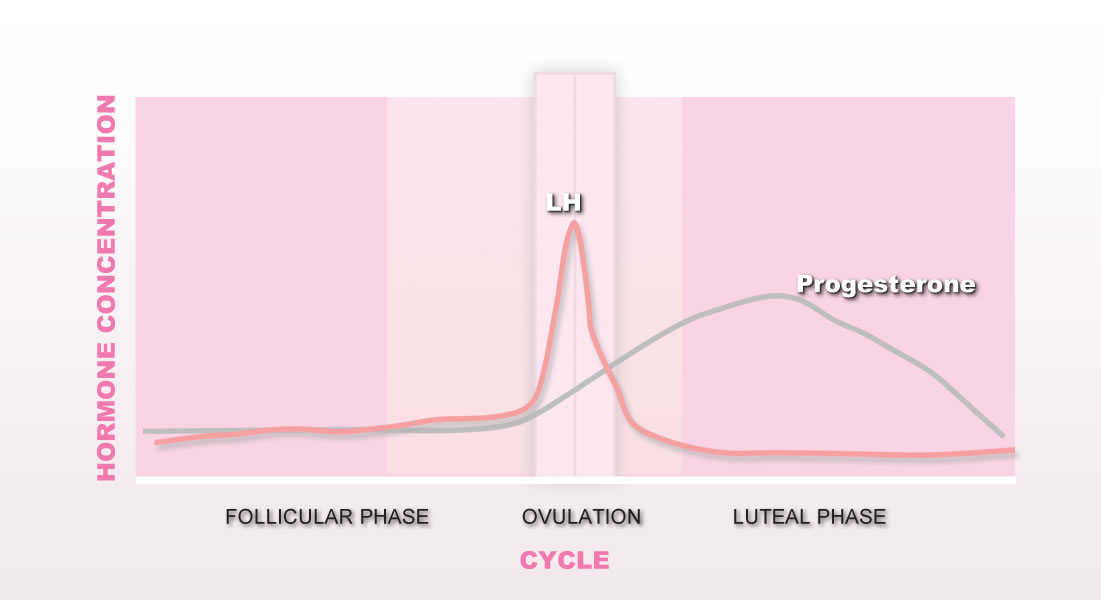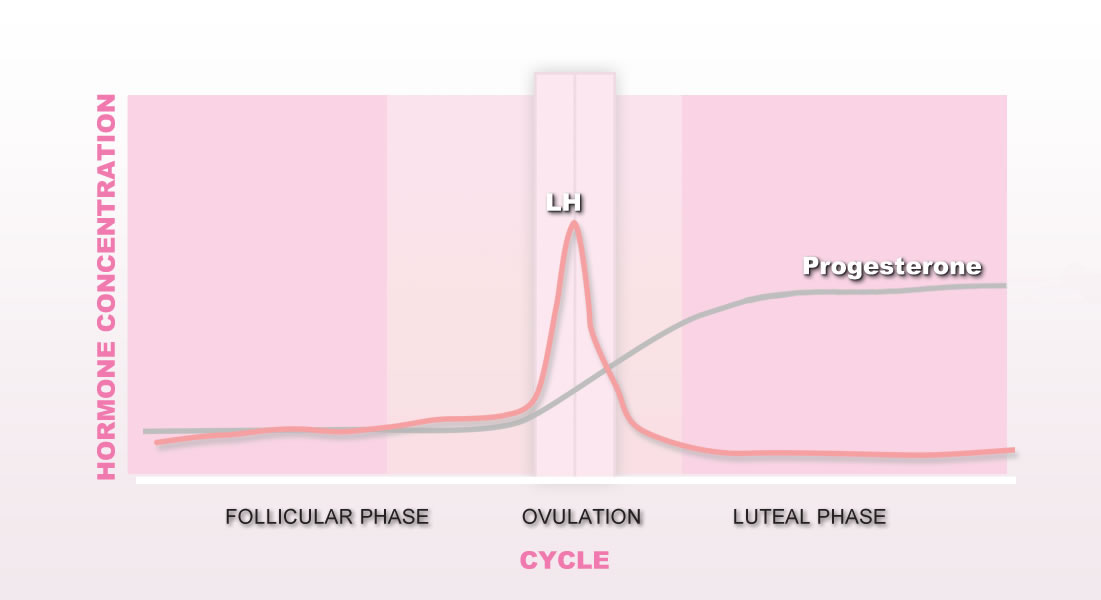What is a PdG test?

What does the Progesterone PdG test do?
You use the Progesterone Test (PdG) to:
- confirm that ovulation was successful
- confirm that your uterus is capable of receiving the fertilized egg.
When do I take the Progesterone PdG Test?
You will need 5 Progesterone (PdG) tests for each cycle.
You will do the first test after your period, to confirm that your progesterone is low, as it should be.
Then you will find the day of your ovulation.
The remaining 4 tests must be done on the 6th, 7th, 8th and 9th day past the day of your ovulation. These tests should confirm that your progesterone is high, as it should be.
Click HERE to go to the PdG Progesterone category.
Let’s explain Progesterone:
Progesterone is a horone released by the corpus luteum in the ovary after ovulation. It plays an important role in the menstrual cycle and in maintaining the early stages of pregnancy. So, it helps to confirm ovulation and is also needed to support successful conception.
In more detail:
Right after ovulation, the corpus luteum releases progesterone. Progesterone prepares the body for pregnancy in case the released egg gets fertilized. If the egg is not fertilized, the production of progesterone falls and a new menstrual cycle begins. See picture below:

If the egg is fertilized, progesterone levels stay high, as it prepares the tissue lining of the uterus to allow the fertilized egg to implant and helps to maintain the endometrium throughout pregnancy. During the early stages of pregnancy, progesterone is still produced by the corpus luteum and is extremely essential for supporting the pregnancy. See picture below:

Around 7 days after ovulation progesterone levels peak! This is when you have to test, to check if your progesterone is high enough to support a pregnancy. Otherwise, it can mean that your progesterone levels are low and cannot support a pregnancy, or your luteal phase is short and does not give time to the fetus to implant.
What is PdG?
PdG is short for Pregnanediol Glucuronide, which is the major urine metabolite of progesterone. The PdG test detects the presence of PdG in urine, which correlates directly with the presence of progesterone in the bloodstream. Note that progesterone is measured in the bloodstream, while PdG, the major metabolite of progesterone, is measured in urine.

A PdG test is a fast, easy and accurate way to detect the presence of PdG in urine and have a confirmation that a healthy and successful ovulation has taken place.
--------------------
See all of our blog posts, by clicking here.
0 comment(s)